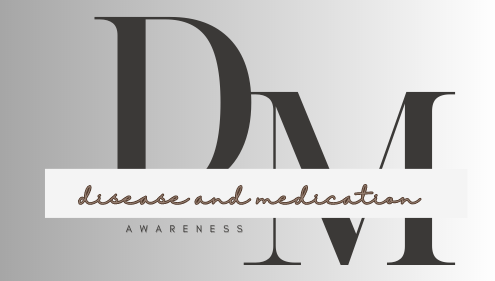Glimepiride is an oral antidiabetic drug used to manage high blood sugar situations in people with type 2 diabetes . It belongs to a class of medicines called sulfonylureas, which stimulate the pancreas to release insulin, thereby lowering blood sugar situations.
Brands available:
- Gliride
- Diabold
- Zoliget
- Amaryl
Pharmacokinetics:
- Absorption Glimepiride is well-absorbed after oral administration and reaches peak tube situations within 2 to 3 hours.
- Distribution It binds primarily to tube proteins, substantially albumin. It has a fairly small volume of distribution, indicating limited towel penetration.
- Metabolism The liver metabolizes glimepiride primarily via cytochrome P450 enzymes, particularly CYP2C9.
- Excretion The medicine and its metabolites are primarily excreted in the urine.
Medium of Action:
Glimepiride stimulates the beta cells of the pancreas to release insulin by binding to specific receptors( sulfonylurea receptors) on these cells. This leads to increased insulin stashing and posterior glucose uptake by cells, reducing blood sugar situations.
Uses of Glimepiride:
Glimepiride is used to treat type 2 diabetes in grown-ups when diet and exercise alone aren’t sufficient to control blood sugar situations. The primary use of glimepiride is to lower high blood sugar situations in people with type 2 diabetes. It achieves this by stimulating the release of insulin from the beta cells in the pancreas. Insulin is a hormone that helps transport glucose( sugar) from the bloodstream into the cells, where it can be used for energy. By adding insulin stashing, glimepiride helps reduce
elevated blood sugar situation.
Glimepiride is frequently used in combination with other diabetes specifics, similar as metformin or insulin, to achieve optimal glycemic control. The choice of combination remedy depends on the existent’s specific requirements and response to treatment.
The use of glimepiride and other antidiabetic specifics should always be done under the guidance and supervision of a healthcare provider who can assess the patient’s medical history, conduct regular monitoring, and make necessary adaptations to the treatment plan.
Dosage of Glimepiride:
The typical starting cure of glimepiride for grown-ups is glimepiride 1mg- glimepiride 2mg formerly daily, generally taken with breakfast. The cure can be acclimated grounded on blood sugar situations, with
a maximum diurnal cure of glimepiride 8 mg.
Side effects of Glimepiride:
Common side effects of glimepiride may include:
- Hypoglycemia( low blood sugar)
- Weight gain
- Gastrointestinal derangement( nausea, diarrhea)
- Antipathetic responses( rash, itching)
- Headache
- Dizziness
Contraindications of Glimepiride:
Glimepiride should be avoided or used with caution in individuals with Acuity or dislike to sulfonylureas or related medicines. Type 1 diabetes( insulin-dependent diabetes). Severe order or liver complaint. gestation or breastfeeding( as its safety in these conditions isn’t well- established).
Drug interactions:
Glimepiride can interact with several specifics, potentially leading to changes in blood sugar situations.
Some exemplifications include:
- medicines that increase blood sugar situations(e.g., corticosteroids)
- medicines that drop blood sugar situations(e.g., other antidiabetic medicines)
- Certain antibiotics(e.g., sulfonamides)
- Beta- blockers
- Alcohol( may increase the threat of hypoglycemia)
Best Time to Take Glimepiride:
The stylish time to take glimepiride is generally in the morning, with breakfast or the first main mess of the day. This helps attend the drug’s peak action with the body’s natural insulin response touched off by food input. still, follow your healthcare provider’s specific instructions as they may recommend a different dosing schedule grounded on your individual requirements.
Conclusion:
Glimepiride is an oral antidiabetic drug that helps control blood sugar situations in people with type 2 diabetes. It works by stimulating insulin release from the pancreas. It should be taken with food to maximize its effectiveness and reduce the threat of hypoglycemia. While generally well- permitted, it may have side goods and relations, so it’s essential to use it under the supervision of a healthcare professional
and follow their guidance on dosing and monitoring blood sugar situations.

Thanks for posting. I really enjoyed reading it, especially because it addressed my problem. It helped me a lot and I hope it will help others too.
Thank you for writing this article. I appreciate the subject too.
I really liked your site. Do you mind http://fertus.shop/info/
Can you write more about it? Your articles are always helpful to me. Thank you!
May I request that you elaborate on that? Your posts have been extremely helpful to me. Thank you!
I really appreciate your help
This article was a real eye-opener! The author’s perspective on this topic is quite refreshing and thought-provoking. I’m curious to see how others feel about the points made here. What are your thoughts?
This piece provided some great insights. The author’s approach was both clear and engaging. I’m curious to see how others feel about these ideas. Any additional thoughts?